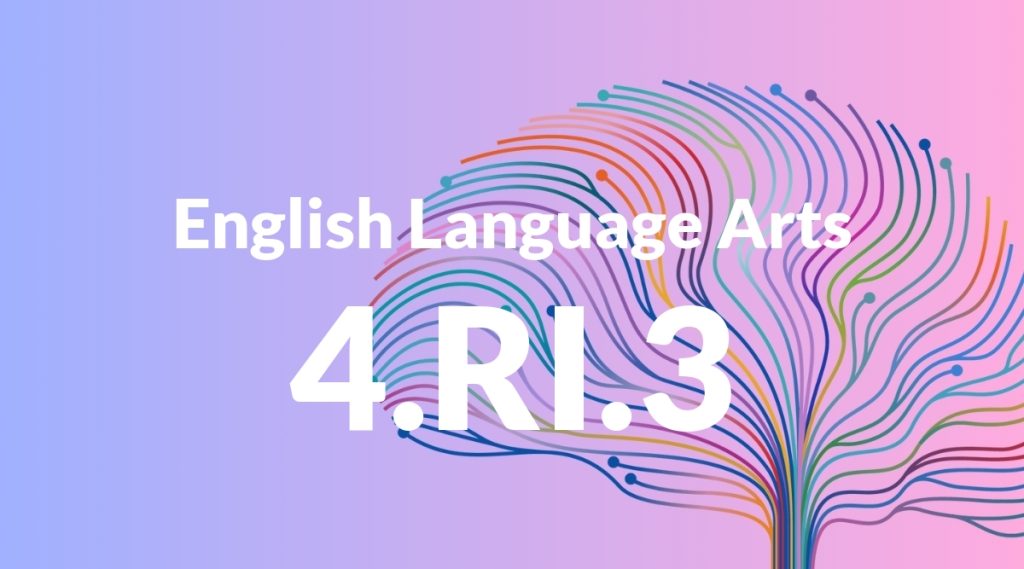Standard: 4.RI.3 – Explain events, procedures, ideas, or concepts in a historical, scientific, or technical text, including what happened and why, based on specific information in the text.
Grade level: Grade 4
Subject: English Language Arts
Domain: Reading: Informational Text
Teacher Overview
This standard focuses on helping students understand and explain events, procedures, ideas, or concepts in various informational texts. Mastery of this standard is crucial as it builds critical reading and comprehension skills necessary for understanding complex texts across subjects. Students should be familiar with identifying main ideas and supporting details, as well as understanding basic cause-and-effect relationships.
After mastering this standard, students will be able to synthesize information from multiple texts and critically evaluate the reliability and relevance of different sources.
Common Misconception 1
A common misconception is that all details in a text are equally important. This is incorrect because main ideas provide the central message, while supporting details enhance understanding.
Intervention 1
To address this, use guided reading sessions where students practice identifying main ideas and supporting details, and use highlighting techniques to distinguish between them.
Common Misconception 2
Another misconception is that historical, scientific, and technical texts are all written in the same style. This is incorrect as each type of text has unique features and structures.
Intervention 2
Introduce students to a variety of texts from each category and have discussions about their unique characteristics. Use graphic organizers to compare and contrast these features.
Prerequisite Knowledge
Students should be able to identify main ideas and details in a text and understand basic cause-and-effect relationships.
Subsequent Knowledge
Students will develop skills in synthesizing information from multiple sources and critically evaluating the reliability of different texts.
Instructional Activities
- Conduct a text analysis workshop focusing on identifying main ideas and supporting details.
- Create a cause-and-effect chain for events described in a historical text.
- Have students write a summary of a scientific procedure using specific details from the text.




